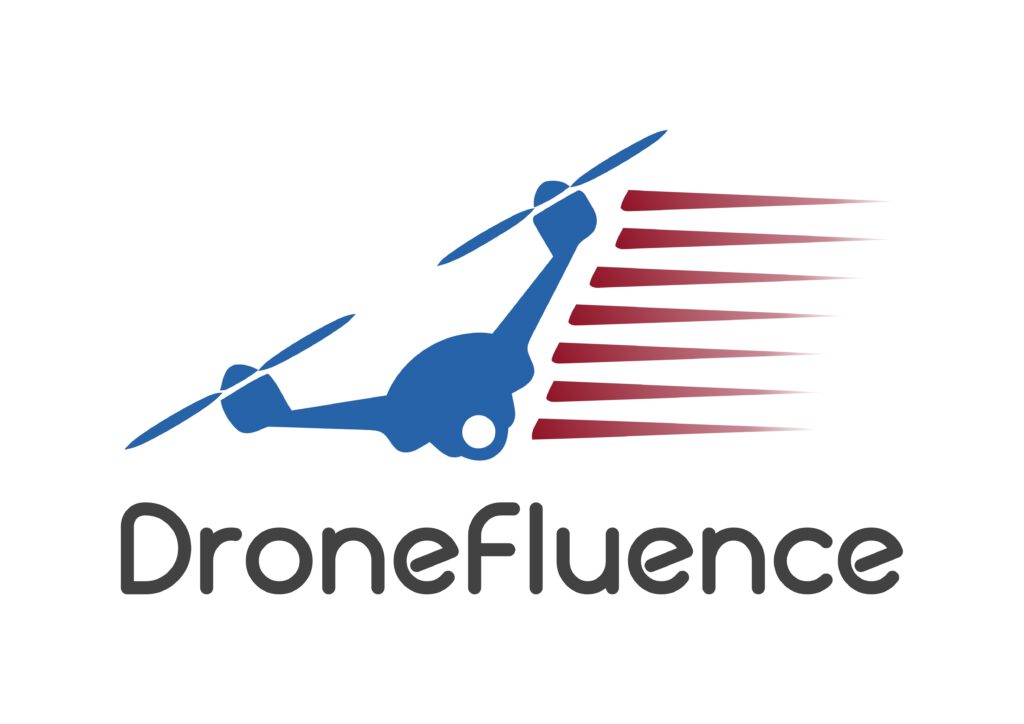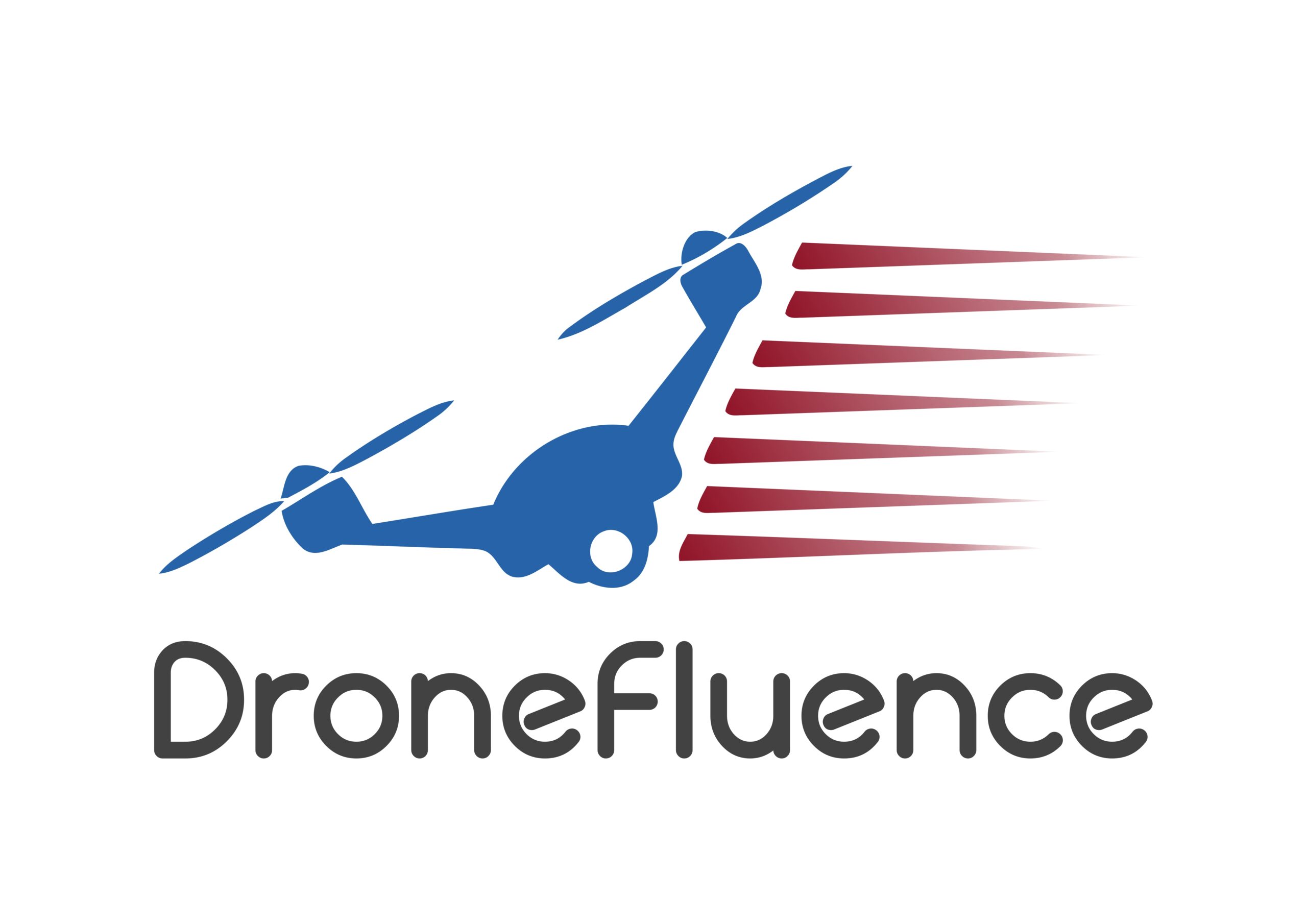According to Union Information and Broadcasting Minister Shri. Anurag Singh Thakur, India, will become a hub for drone technology and will need at least 1 lakh drone pilots by the end of 2023. He was addressing the gathering following the ‘Drone Yatra 2.0’ launch on December 6th, 2022, in Chennai.
Technology is transforming the world rapidly, and it has never been more relevant than now since its applications are solving some of the world’s most serious challenges, according to Shri. Anurag Singh Thakur. He stated, “Prime Minister Modi once stated, ‘India has a billion solutions to a million problems.’ India, a country of more than a billion people, is increasingly using technology to stay ahead of the curve.

Shri. Anurag Singh Thakur stated that during the Beating Retreat, the stunning display of 1,000 “Made in India” drones by Indian start-up “Botlab Dynamics,” led by an IIT alum, enthral the entire country. Drone surveys of the land and homes are being prepared in the villages as part of the SWAMITVA scheme (Survey of villages and mapping using improvised technology in rural areas), he added. Pesticides and nano fertilisers are increasingly applied to fields in rural villages using drones.
Shri. Anurag Singh Thakur said, “The Board of Control for Cricket in India (BCCI) recently obtained a conditional exemption from the Ministry of Civil Aviation (MoCA) and the Directorate General of Civil Aviation (DGCA) for the use of drones for live aerial filming of the India Cricket Season in 2021.”
He mentioned that 100 Kisan Drones were despatched to villages nationwide to spray pesticides as part of the “Kisan Drone Yatra” launched by Prime Minister Shri Narendra Modi. Shri. Anurag Singh Thakur cited a quote made by Prime Minister Modi that “Kisan Drone is now the beginning of a new age revolution in this direction.”
Garuda Aerospace, India’s largest drone manufacturing facility, was recognised for its exceptional efforts. The minister saw the state-of-the-art technology and manufacturing processes used to create the Garuda Kisan Drones that PM Modi had earlier this year inaugurated.
Shri. Anurag Singh Thakur highlighted the facility’s achievements in such a short period. Engineers at the facility took the minister through a detailed explanation of how the advanced “Make in India” drones operate.
Reaffirming the government’s commitment to promoting technology use in agriculture to boost production on farms, Shri. Anurag Singh Thakur said, “These drones expect to aid in accelerating the use of pesticides on farms, which would increase the farmers’ profitability even further.”
PM Modi interacted with Kisan drone pilots while launching Bharat Drone Mahotsav 2022, India’s largest drone festival, in May of this year. Another means of strengthening our commitment to good governance and ease of living is promoting drone technology.
Shri. Anurag Singh Thakur said, “Drone technology is important in various industries, including defence, agriculture, health, and entertainment.” “Through schemes like Production Linked Incentive (PLI), India is also working to establish a robust drone manufacturing ecosystem in the country,” he added.
Shri. Anurag Singh Thakur stated, “The Modi administration has a three-pronged approach to boost demand for advanced drone technology and services. Effective policies, such as the New Drone Rules, 2021, provide incentives in the form of PLI for Drones and Drone Components and promote indigenous demand; 12 Ministries of the Central Government have been tasked with advancing this regulation.”
According to Shri. Anurag Singh Thakur, “India would need at least 1 lakh pilots by 2023, each earning between 50-80 thousand a month. For the Conservative Average, even Rs 50,000 x 1 lakh youth x 12 months = Rs. 6000 crores in jobs might generate in the drone sector.”
In addition, this will impact businesses and governmental agencies that use drones. Shri. Anurag Singh Thakur appreciated Garuda Aerospace’s plan to make one lakh ‘Made in India’ drones in the next two years.
Garuda intends to reach 10 lakh youth with its Drone Skilling & Training Conference, which will be held in 775 districts nationwide. This initiative aims to teach 1 lakh youth, to substantially impact the drone ecosystem and youth employment and agriculture, mining, governmental organisations, and other industries.
The minister noted that more than 200 drone start-ups are presently operating in the country. However, he predicted this would increase, creating thousands of new job opportunities for youths.
Appropriate legislation, incentives to industry, and ‘ease of doing business’ provide much-needed momentum to the Drone Industry, which has vast potential in India. In line with PM Modi’s “Atmanirbhar Bharat” vision, he continued, “I am confident that the increasing innovation and advanced drone technology ecosystem would ensure a self-reliant and self-sustainable New India in the Amrit Kaal.” said Shri. Anurag Singh Thakur.
Shri. Anurag Singh Thakur flew a drone to commemorate the launch of the First Drone Skilling & Training Conference. Students who successfully finished their drone pilot training received certificates from the minister.



